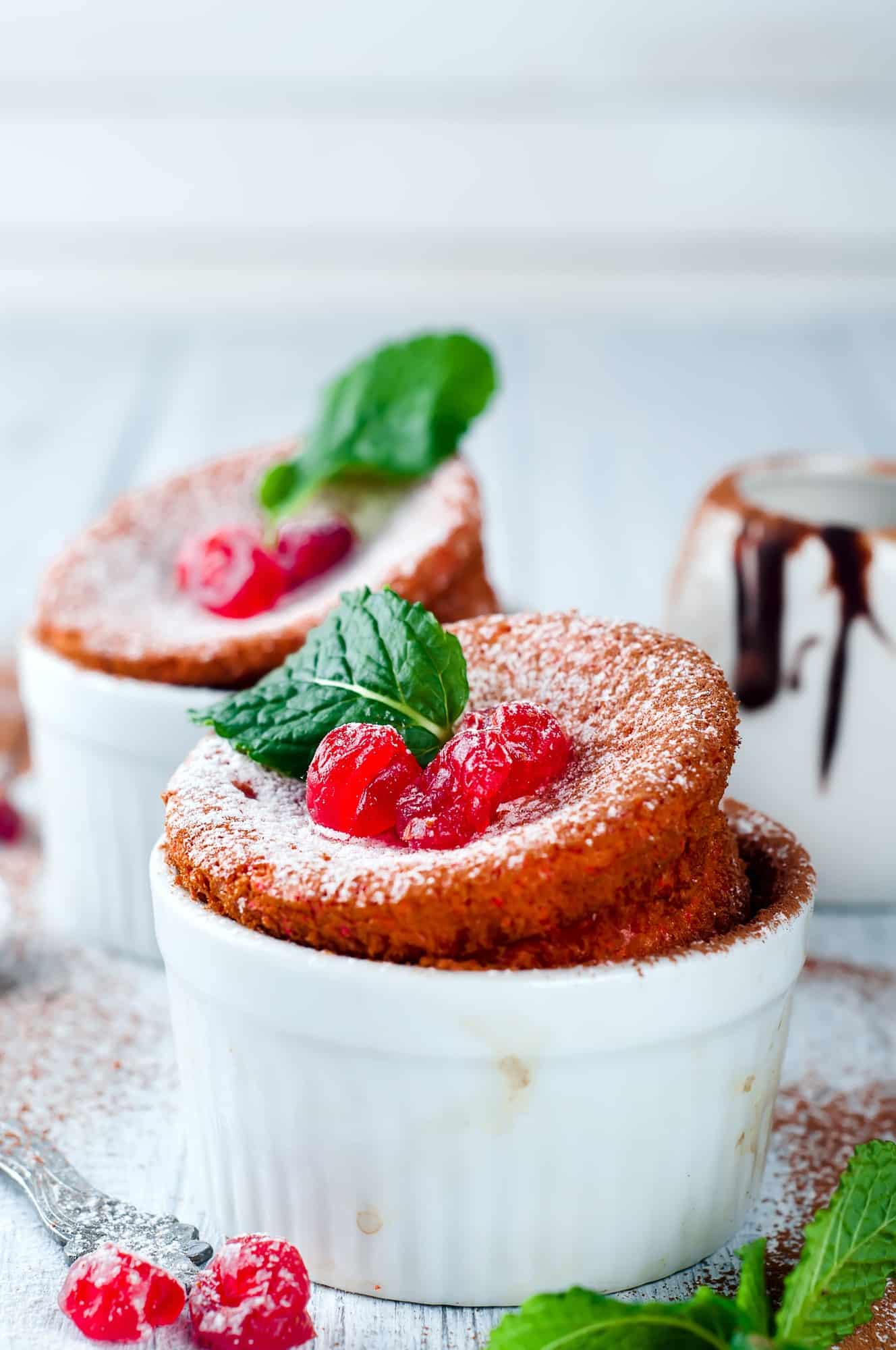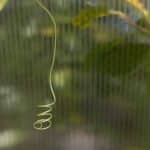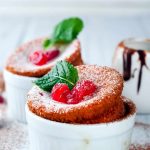Few things compare to the joy of savoring perfectly cooked, fluffy pancakes on a lazy weekend morning. But what if we told you, you could elevate your pancake game to another level? Allow us to introduce you to the Japanese soufflé pancake, an ethereal culinary delight that delivers the ultimate fluffy experience. This comprehensive guide will provide you with all the knowledge you need to master the art of making this delightful dish.
Understanding the Japanese Soufflé Pancake
Before we dive into the mechanics of achieving the ultimate fluffy Japanese soufflé pancakes, it’s essential to understand what sets them apart from traditional pancakes. Japanese soufflé pancakes, also known as ‘furai pankeki’, are a popular dessert in Japan. They are distinguished by their incredibly light, airy, and delicately sweet texture, which is reminiscent of a soufflé.
A lire également : What’s the Best Method for a Moist Chocolate Beetroot Cake with Ganache Frosting?
These pancakes owe their unique texture to the whipped egg whites used in their batter, which are carefully folded into the remaining ingredients to preserve their airy consistency. The result is a pancake that’s so fluffy, it jiggles with every touch!
The Ingredients
The key to perfect Japanese soufflé pancakes lies in the quality and freshness of the ingredients used. This means using top-quality eggs, milk, and flour.
A découvrir également : How to Perfect a Luxurious Truffle Risotto with Homemade Chicken Stock?
The star player in this dish is undoubtedly the eggs. The egg whites are beaten into a stiff meringue, which forms the foundation of the pancake’s fluffy texture. To get the best result, use fresh eggs. Remember that the fresher the egg, the more stable the meringue will be.
Another important ingredient is the flour. For Japanese soufflé pancakes, it’s best to use cake flour. This type of flour has a lower protein content, which results in a softer, lighter texture.
Lastly, the milk. Use full-cream milk for a richer, creamier taste. If you prefer a lighter version, you can use low-fat or even plant-based milk.
The Preparation Method
The preparation method for Japanese soufflé pancakes is slightly more complex than traditional pancakes, but the result is well worth the effort.
Begin by separating the egg whites from the yolks. Be very careful during this process as even a tiny bit of yolk can prevent the whites from whipping up into a stiff meringue.
Start beating the egg whites at a low speed until they become frothy. Then, gradually add sugar while continuing to beat the whites. Once all the sugar is incorporated, increase the mixer’s speed to high and continue beating until stiff peaks form.
While the egg whites are being beaten, whisk together the egg yolks, milk, and vanilla extract in another bowl. Sift in the flour and baking powder, then mix until you have a smooth batter.
The final, and perhaps most crucial step, is to carefully fold the stiff egg whites into the batter. This should be done gradually and gently to maintain the egg whites’ volume and airiness.
Cooking the Pancakes
The cooking method for Japanese soufflé pancakes is quite different from regular pancakes. Instead of pouring the batter onto a hot griddle or frying pan, you will spoon the batter into ring molds to ensure they maintain their height and fluffiness.
First, lightly oil a non-stick frying pan and your ring molds. Then, heat the pan over low heat. Once the pan is warm, place the ring molds in the pan and fill them about 3/4 full with the batter.
Cover the pan with a lid and cook the pancakes on low heat for about 5 minutes, until the bottom is golden brown. Then, carefully flip the pancakes (with the molds) and cook for another 5 minutes.
Once the pancakes are done, gently remove the molds. Your fluffy Japanese soufflé pancakes are now ready to be enjoyed!
Serving Suggestions
While Japanese soufflé pancakes are delicious on their own, they can be taken to new heights with the right accompaniments.
For a classic approach, serve your pancakes with a pat of butter, a dusting of powdered sugar, and a drizzle of maple syrup. If you’re feeling adventurous, try topping them with fresh berries, whipped cream, or even a scoop of ice cream.
You could also go the traditional Japanese route and serve your soufflé pancakes with a dollop of sweet azuki (red bean) paste, a sprinkle of matcha (green tea) powder, or a scoop of mochi (rice cake) ice cream.
Whichever way you choose to serve them, your Japanese soufflé pancakes are sure to be a hit! Enjoy the process of creating this fluffy delight, and happy cooking!
Troubleshooting Common Issues
A well-executed Japanese soufflé pancake recipe can seem like a daunting task. There are a few common issues that may arise during the preparation and cooking process. However, don’t let this deter you. With a little knowledge and practice, you can easily overcome these minor setbacks.
One common issue is the pancakes not rising enough. This problem often stems from the egg whites not being beaten to stiff peaks, or the meringue being overmixed with the batter. It is crucial to beat the egg whites until they form stiff peaks that hold their shape. When folding the meringue into the batter, ensure to do it gently and gradually to avoid deflating the mixture.
Another common issue is the pancakes browning too quickly while cooking. This is usually due to the heat being too high. Remember, these pancakes are thicker than regular ones, so they require a lower and slower cooking method. If you notice your pancakes are browning too quickly, reduce the heat and allow them to cook slowly.
Lastly, if your pancakes are cooked on the outside but still raw in the middle, it could be because the batter is too thick. If this is the case, add a bit more milk to thin out the batter.
By understanding these common issues, you can troubleshoot as you go and perfect your Japanese soufflé pancake-making skills.
Final Thoughts
Mastering the art of Japanese soufflé pancakes may take a little practice, but the sumptuous, fluffy result is more than worth the effort. These delightful pancakes are unlike anything you might have experienced before – they are a treat for the eyes and the palate.
The key to the perfect pancake lies in the quality of your ingredients and the technique used in preparation. Remember to use fresh eggs for a stable meringue, cake flour for a light texture, and full-cream milk for a richer taste. Pay attention to the beating and folding process of the egg whites, and maintain a low and slow cooking method.
Moreover, get creative when it comes to topping your pancakes. Whether you prefer the classic butter and maple syrup or wish to experiment with traditional Japanese accompaniments like azuki paste or matcha powder, the options are endless.
In the end, cooking should be an enjoyable process. So, don’t get discouraged if your first few attempts don’t turn out perfect. Keep practicing, adjust as needed, and remember – even a less-than-perfect soufflé pancake can still be a delicious treat.
Now that you have all the knowledge at your fingertips, it’s your turn to don the apron and start flipping those fluffy Japanese soufflé pancakes. Happy cooking, and enjoy your ultimate fluffy breakfast!
















